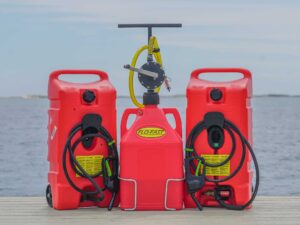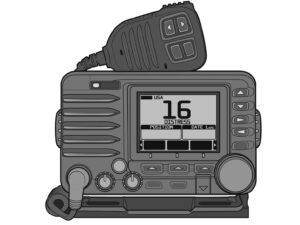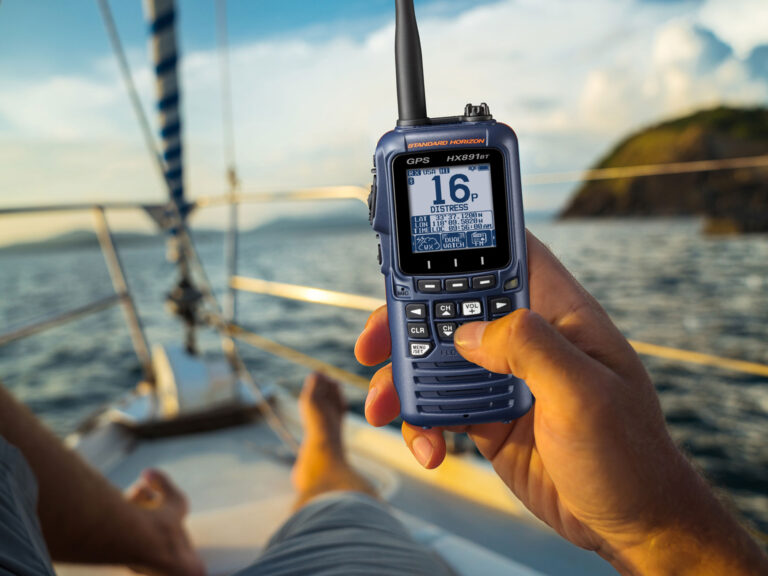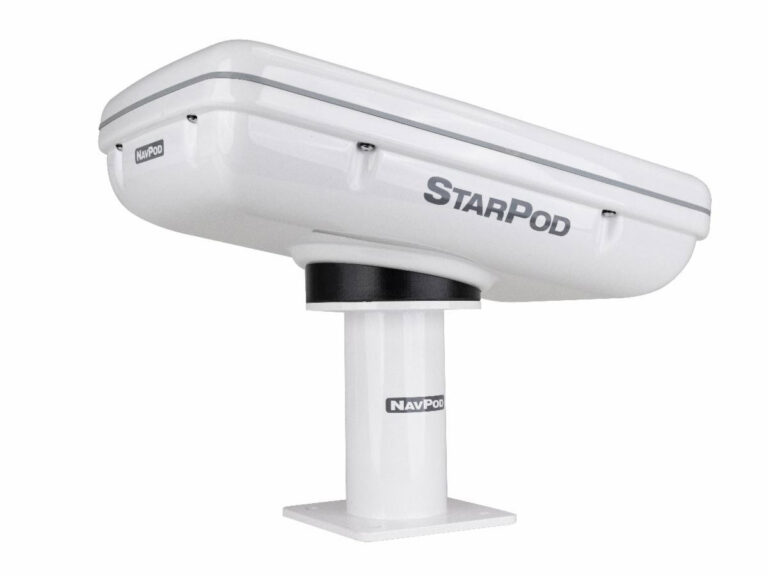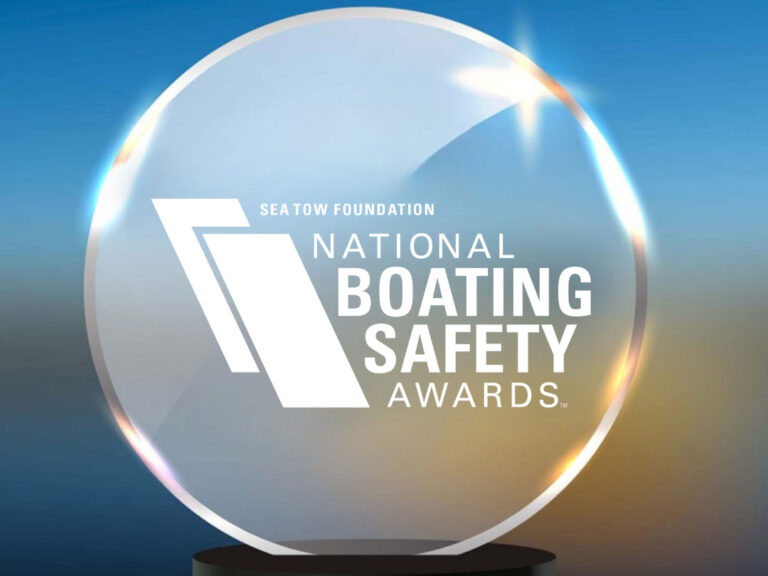Few things prove more frustrating than troubleshooting trailer lights. It’s an axiom among trailer boaters that, once you fix an annoying problem, another one seems to crop up quickly, invariably the night before you head for the water. The cause is often corrosion of wires and connections. So if your trailer’s more than five years old and you can’t keep all of the lights working, it’s time to replace the wire harness. Let’s get started.
Getting Started
Skill Level: 2/5
Time to Complete: 4-5 hours
Quick Tip: Give pigtail wires a coiled look by wrapping them tightly around the shaft of a Phillips screwdriver and sliding the screwdriver away before connecting them to the main harness.
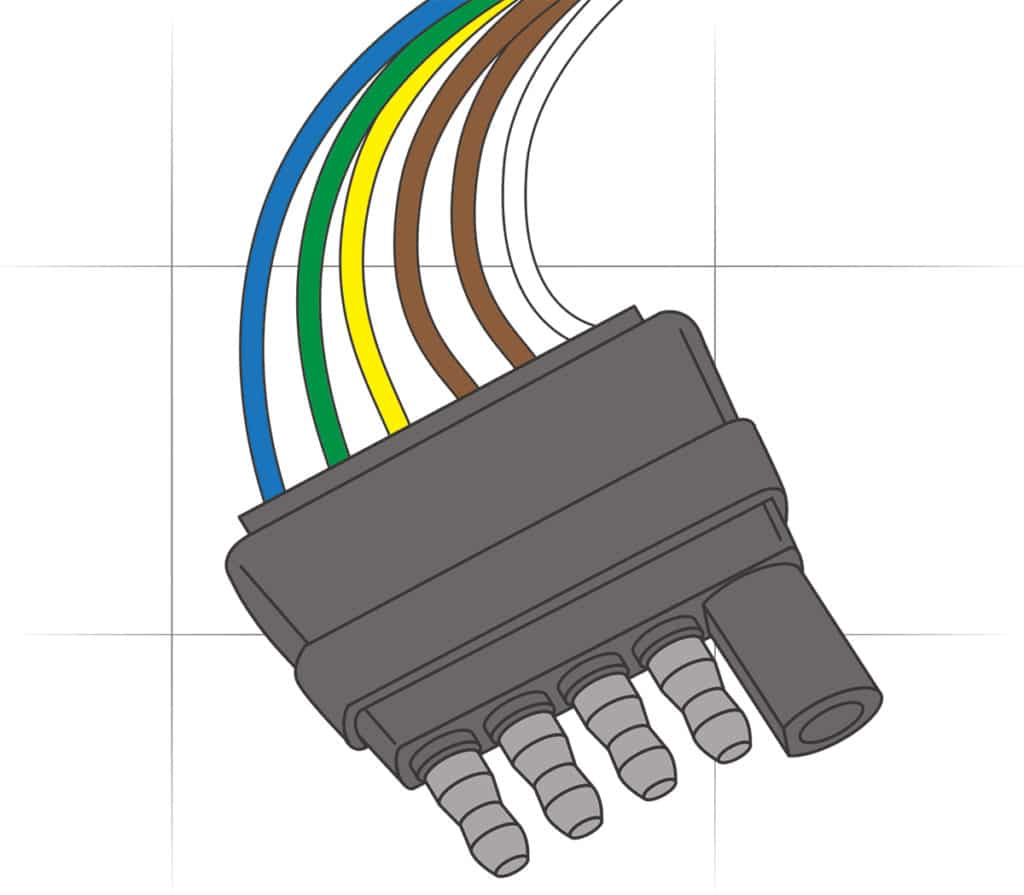
1. Select the Right Harness
With traditional surge brakes, you need one of two types of wire harnesses, classified by the electrical plug. The traditional flat-four has five (yes, five) color-coded wires. Newer flat-five plugs have an extra (blue) wire for deactivating the surge actuator in reverse for trailers with disc brakes. Make sure you have sufficient wire length to reach all of the trailer lights, including the clearance lights on the rear cross member. You’ll find wire harnesses at most marine dealers and online at sites such as championtrailers.com.
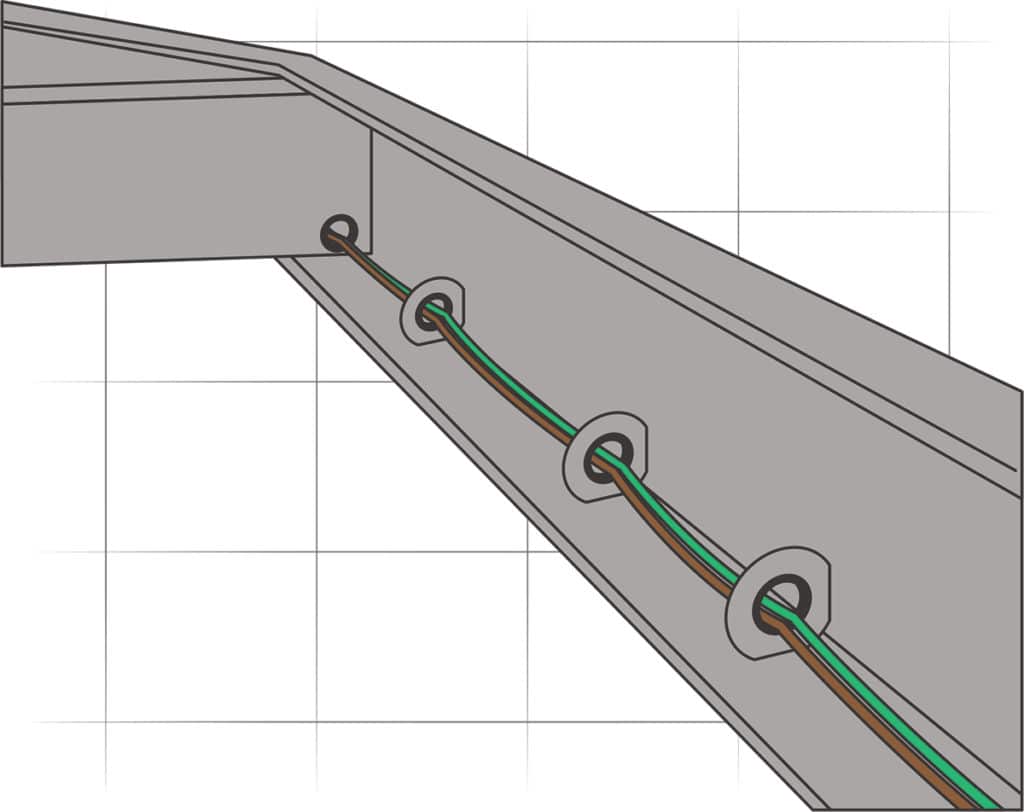
2. Run the Wires
Disconnect the lights and remove the old harness, noting how the wires were secured. It may be necessary to run the wires inside a tubular frame member or rings along the frame. Use the old wires to pull the new ones through before making any connections. The harness has two sets of combo wires: Yellow and brown run along the left-side frame; green and brown run along the right side. The white ground wire connects to any bolt behind the coupler. The blue wire (on a flat-five) connects to the solenoid on the surge actuator.

3. Connect the Running Lights
Many trailer brands use simple pinch-wire connectors to cut through the insulation to tie the positive 12-volt pigtail from the running and clearance lights into the main wires. This works for fresh water, but for the salt, use crimp connectors with heat-shrink collars to connect all of the lights. Seal the connection with a section of heat-shrink tubing. Check the ground for each light. Some ground through a connecting bolt, others with a separate white wire to the trailer frame — both subject to corrosion-induced failures.

4. Connect the Brake/Turn Lights
Taillights have two circuits — one for running lights (a black or brown wire) and another for brake/turn indicator lights (red or green for the right or yellow for the left). Connect brown to black or brown to brown on each side; yellow to red or yellow on the left taillight; green to red or green on the right. In salt water, use a crimp connector and heat-shrink tubing as described in Step 3 to make these connections. Once all connections are done, hook up the trailer and plug in the lights to make sure they all work.

5. Secure the Wires
On a trailer built with a C- or I-beam frame without any other means of wire support, secure the wires along the inside of the frame using galvanized wire clips, making sure the harness is reasonably tight but not pinched anywhere. This keeps the wires from flapping in the wind, pulling loose or chafing and wearing through the insulation while you’re towing. At the plug end, give yourself enough slack so that once you connect to the vehicle, the plug won’t pull out when you turn sharply while towing. Once done, check all of your lights again.

One way to troubleshoot lights is to hook up a female receptacle to a battery and then connect the male trailer plug into it. If the problem persists, it’s somewhere on the trailer; if everything works, it’s the vehicle or the adapter. Now you can narrow your troubleshooting efforts with a multimeter. Boating Magazine

